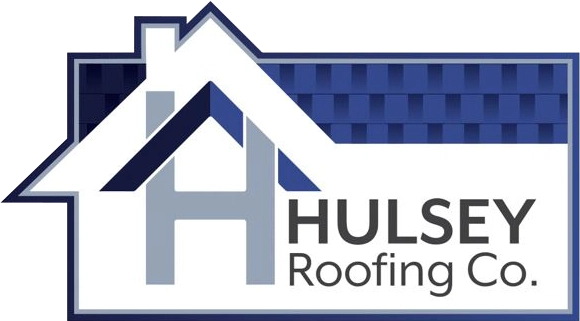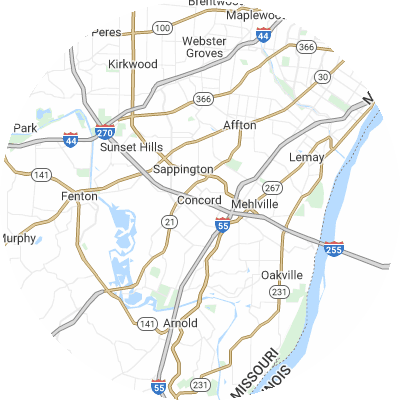Signs You May Need Gutter Guards
While gutter guards aren't always required, the symptoms of congested gutters are typically clear. Signs of chronic gutter problems include:
- Mold growth, interior wall stains, or peeling exterior paint on walls near gutters.
- Frequent clogs that lead to overflow and water spilling over gutters
- Visibly damaged, sagging, or misaligned gutters that no longer direct rainwater correctly
- Soggy ground or visible erosion around your foundation
- Leaky seams or joints where water leaks from the gutters
How To Choose a Gutter Guard Installer
Assess Their Experience
Look for an experienced gutter guard installation company that has been in business for several years and has installed a wide variety of guard types and models. These companies know how to properly measure and install gutter guards on your unique home setup. Ask how long they’ve been in business and request local referrals.
Verify Proper Licensing and Insurance
Always verify your gutter guard installers are properly licensed, bonded, and have general liability insurance and workers compensation. This protects you from liability for any injuries or accidents that could occur. Ask to see current licensing and insurance papers when communicating with potential providers.
Choose Reputable Brands
Seek out companies that offer tenured and trusted gutter guard brands such as LeafFilter and Gutter Helmet. Be wary of companies only offering generic no-name or their own off-brand guards, as these likely have not undergone the same rigorous testing as major brands.
Seek Custom Fit Services
Your guards should be custom fitted on location to match your gutters. Choose a company that custom measures and trims guards for your house rather than using universal guards. Guards fitted for your home leave no gaps for debris accumulation.
Examine Warranties
Top gutter guard companies often offer 20-year or lifetime warranties covering clogs, rust, leaks, and other issues. When selecting a company, read through the warranty details for both materials and workmanship guarantees. Warranties offer the best protection for your gutter investment.
Check Reviews and Referrals
It's a good idea to look at online reviews on sites like the Better Business Bureau (BBB), Yelp, or Google Reviews to learn more about customer experiences. You can also ask your neighbors who they would recommend for quality gutter guard businesses in your area. When researching potential providers, we recommend selecting companies with a history of consistent positive feedback rather than just one or two reviews.
Types of Gutter Guards
The six most common types of gutter guards include the following:
- Brush guards are exactly what they sound like: large brush bristles that sit in your gutters to catch debris while letting water through. Brush guards cost around $4.05 per linear foot.
- Foam guards are large pieces of foam that are placed in your gutters to catch debris. They're light and easy to install. On average, you can expect to pay $2.47 per linear foot for foam guards.
- Screen guards have large holes that allow water to pass through while blocking debris. Screen guards cost around $4.53 per linear foot.
- Mesh guards have smaller holes than screen guards and similarly block debris while allowing water to filter through. They are durable and encourage debris to slide off rather than sit on top of your gutters. On average, you can expect to spend $4.24 per linear foot for mesh guards.
- Micro-mesh guards have even smaller holes than mesh guards, allowing even less debris into your gutters than mesh. These types of guards are extremely effective. Micro-mesh guards cost roughly $5.31 per linear foot.
- Surface tension guards, also called reverse curve guards, use surface tension to let water flow into your gutters while debris slides off. Typically, they are visible from the ground. Surface tension guards cost roughly $3.33 per linear foot.













